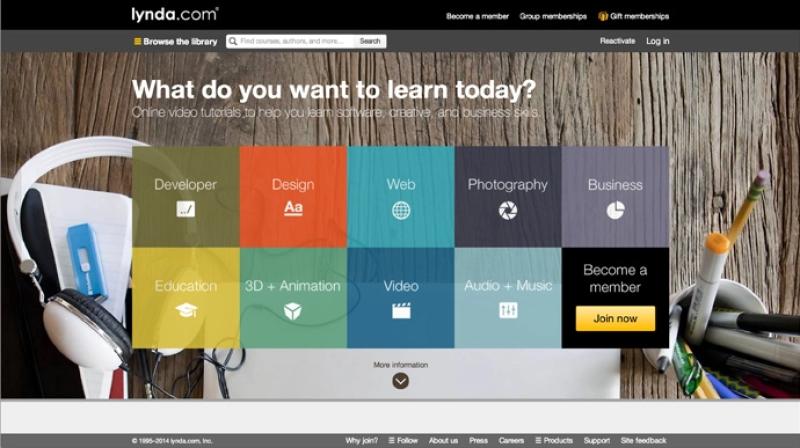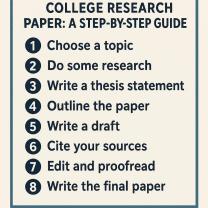What do you learn in a website design course?
The curriculum of a website design course can vary depending on the specific program, educational institution, and the level of the course (beginner, intermediate, or advanced). However, here's a general overview of topics commonly covered in website design courses:
Introduction to Web Design:
- Overview of the web design process and its importance.
- Understanding the role of web design in user experience.
HTML (Hypertext Markup Language):
- Basics of HTML, including document structure and common tags.
- Creating and formatting text, links, lists, and images.
CSS (Cascading Style Sheets):
- Introduction to CSS for styling web pages.
- Selectors, properties, and values in CSS.
- Layout techniques, including box model and positioning.
Responsive Web Design:
- Designing websites that work well on various devices and screen sizes.
- Media queries and flexible grid layouts.
JavaScript Basics:
- Introduction to JavaScript for adding interactivity to web pages.
- Variables, data types, and basic programming concepts.
Web Design Tools:
- Introduction to popular web design tools, such as Adobe XD, Sketch, or Figma.
- Creating wireframes and prototypes.
Typography and Color Theory:
- Choosing and combining fonts effectively.
- Understanding color theory and its application in web design.
User Interface (UI) and User Experience (UX) Design:
- Principles of UI and UX design.
- Designing user-friendly interfaces and navigation.
Web Accessibility:
- Ensuring websites are accessible to users with disabilities.
- Compliance with WCAG (Web Content Accessibility Guidelines).
Introduction to Content Management Systems (CMS):
- Overview of CMS platforms like WordPress, Joomla, or Drupal.
- Understanding the basics of setting up and customizing a website using a CMS.
Web Hosting and Domain Management:
- Basics of web hosting and domain registration.
- Uploading and maintaining a website on a web server.
Web Design Project:
- Applying learned skills to a real-world project.
- Building a portfolio showcasing completed projects.
Remember that the field of web design is dynamic, and courses may also cover emerging technologies, trends, and tools. Additionally, more advanced courses may delve into topics like front-end frameworks, back-end development, and advanced JavaScript libraries. It's advisable to review the specific curriculum of the course you're interested in for the most accurate and detailed information.
What core skills and topics are covered in a website design course?
The core skills and topics covered in a website design course can vary depending on the course's specific focus and level, but generally fall into three main categories:
1. Technical Skills:
- Front-end Development: Learning the programming languages and tools used to build websites, such as HTML, CSS, and JavaScript. This includes fundamental web concepts like structure, layout, styling, and interactivity.
- Web Design Software: Familiarity with design software like Adobe Photoshop, Sketch, or Figma to create mockups, prototypes, and user interfaces.
- Responsive Design: Understanding how to design websites that adapt to different screen sizes and devices, including mobile, tablets, and desktops.
- Version Control Systems: Learning tools like Git for collaborative projects and managing website versions.
2. Design Principles and Skills:
- Visual Design: Understanding design principles like composition, color theory, typography, and user interface (UI) design to create visually appealing and user-friendly websites.
- Information Architecture (IA): Learning how to organize website content effectively to ensure a logical and intuitive user experience.
- Usability and Accessibility: Understanding how to design websites that are easy to use and accessible to everyone, regardless of abilities.
- User Experience (UX) Design: Focusing on the user's journey through the website and designing for optimal interaction and satisfaction.
3. Additional Skills and Topics:
- Search Engine Optimization (SEO): Understanding how to optimize websites for search engines to improve organic visibility.
- Web Analytics: Learning how to track and analyze website traffic to understand user behavior and improve website performance.
- Content Management Systems (CMS): Familiarity with platforms like WordPress or Drupal used to manage website content without coding.
- Web Design Trends and Best Practices: Staying up-to-date on the latest design trends and best practices to ensure your websites are modern and effective.
Some courses may also delve into specific areas like e-commerce website design, web animations, or content marketing for websites.
Overall, a good website design course should equip you with a strong foundation in both technical and design skills, enabling you to build functional and appealing websites that serve their purpose effectively.
Remember, the specific skills and topics covered will vary depending on the course you choose. Be sure to research course outlines and instructors carefully to find one that aligns with your learning goals and interests.
I hope this helps! Let me know if you have any other questions.













